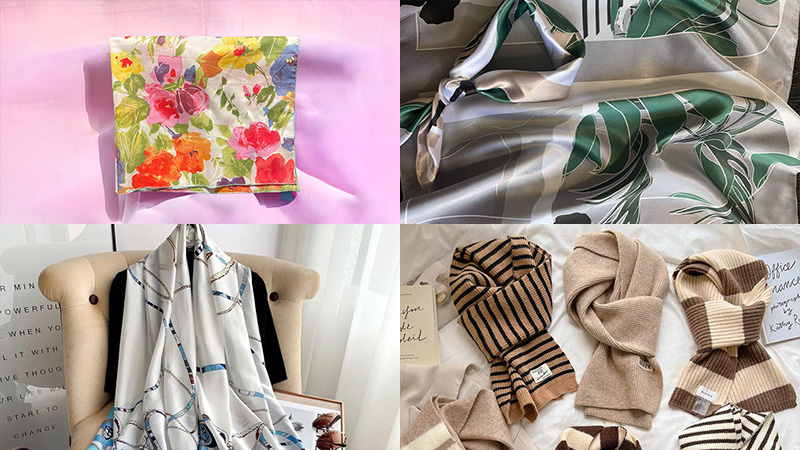
Scarves have stood the test of time as a fashion accessory, offering the ideal means to complete and elevate any ensemble. They serve as both functional guardians against winter’s chill and artistic canvases for style expression.
In this article, we delve into the world of scarves, exploring the diverse array of options available. From the comforting embrace of traditional knitted scarves to the contemporary allure of printed designs, we embark on a journey to discover the most popular types of scarves and unravel the secrets of how to effortlessly integrate them into your personal style.
Whether it’s warmth, elegance, or a touch of panache you seek, scarves have got you covered.
1. Shawl
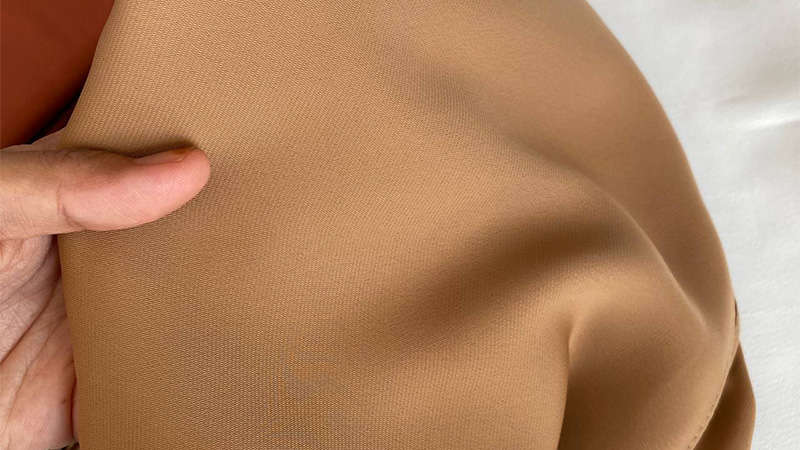
A shawl is a versatile piece of clothing that is often used to add a little extra warmth and style to an outfit. It is usually made of a lightweight, soft material such as wool, silk, or cashmere, and can be worn in a variety of ways.
It is typically rectangular or square in shape, with the corners folded to create a triangle, but it can also be triangular in shape. Oblong shawls are also available, allowing you to experiment with different looks.
Shawls can be draped over the shoulders, upper body, and arms, and can even be worn over the head for added warmth. It is a great way to add a touch of elegance to any outfit, whether it is a simple day look or a more formal evening look.
2. Pashmina
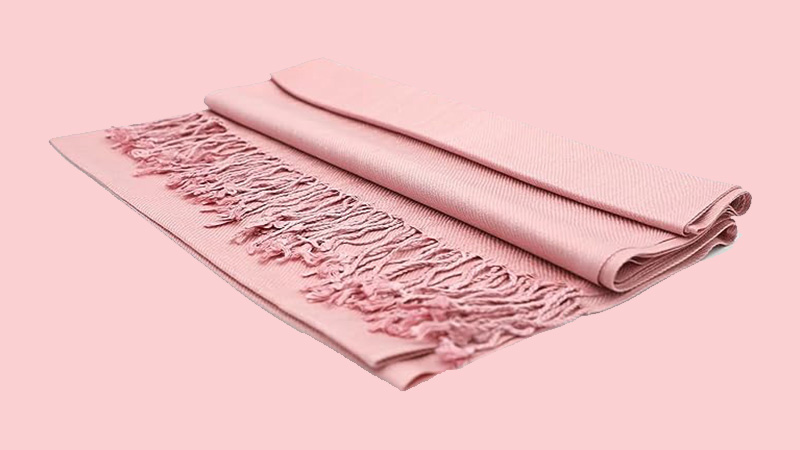
Pashmina is a term that is used to describe the luxurious wool of the Changthangi Cashmere goat. This goat is native to the Changthang region of Kashmir, India.
The word “pashm” is derived from the Persian language and literally translates to “wool”.
In the Kashmir region, the word is used to refer to the unspun wool of domesticated Changthangi goats. The wool of the Changthangi Cashmere goat is highly sought after due to its incredibly soft and luxurious feel.
This wool is often used to make high-end items such as shawls, scarves, and wraps. The wool is also known for its warmth and durability, making it ideal for cold climates.
The wool is so soft that it can be woven into fine fabrics that are extremely lightweight and breathable. The process of obtaining the wool from the Changthangi Cashmere goat is quite labor intensive.
The wool is shorn from the goat and cleaned in order to remove any impurities.
The wool is then sorted and spun into yarn, which is then used to make various garments. This labor-intensive process is why the wool is so expensive and highly sought after.The term pashmina can also be used to refer to fine Indian cashmere wool.
This type of wool is also highly sought after and can be used to make luxurious items such as shawls, scarves, and wraps. This type of wool is known for its warmth and durability, as well as its incredibly soft feel.
In some cases, the word pashmina is used as a synonym for cashmere wool. This is because the wool obtained from the Changthangi Cashmere goat is so sought after that many people refer to all cashmere wool as pashmina.
In conclusion, pashmina refers to the luxurious wool of the Changthangi Cashmere goat, which is native to the Changthang region of Kashmir, India. The word “pashm” is derived from the Persian language and translates to “wool”.
This wool can also be used to refer to fine Indian cashmere wool, and in some cases, the term is used as a synonym for cashmere wool. Due to its luxurious feel and warmth, the wool is highly sought after and often used to make high-end items such as shawls, scarves, and wraps.
3. Silk
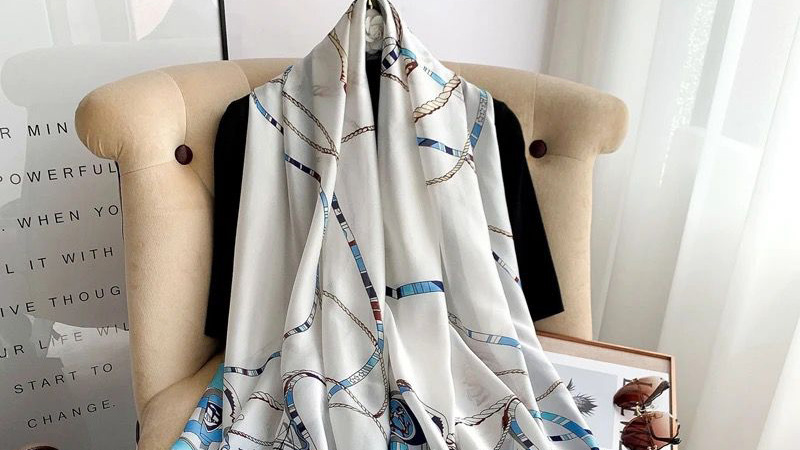
Silk is a luxurious and sought-after material that has been used by humans for centuries. It is a natural protein fiber, composed mainly of fibroin, that can be woven into textiles.
The source of this protein fiber is insect larvae, which form cocoons to protect themselves as they develop into their adult form. The most widely known silk is the mulberry silkworm Bombyx mori, which is reared in captivity to produce its cocoons.
The process of extracting the silk from the cocoons is a delicate one, as the cocoons must be carefully unraveled to prevent damage to the silk fibers.
Once unraveled, the silk fibers are spun into yarn and then woven into fabrics.
The end result is a beautiful material that has been used for clothing, furnishings, and even currency in some cultures. Silk is a timeless and versatile material that continues to be sought after for its luxurious feel and look.
4. Bandana
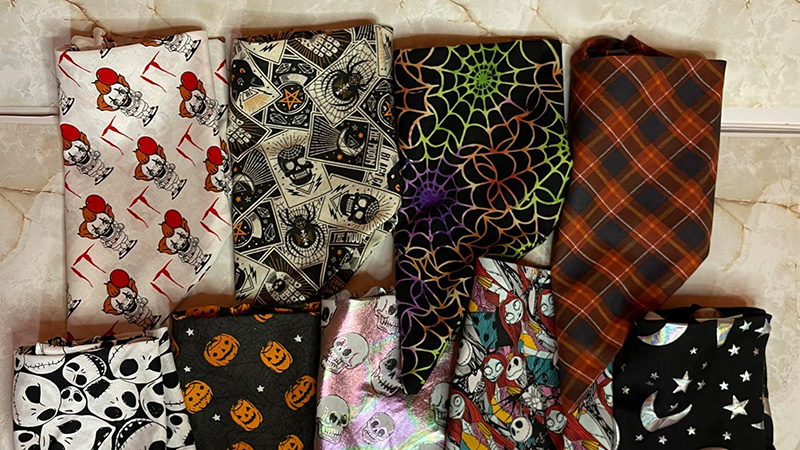
A kerchief, also known as a bandana or bandanna, is a piece of cloth that is shaped like a triangle or square. It is typically used in a variety of ways, from a protective covering for the head and face to a decorative accessory.
It is typically tied around the head, face or neck in order to keep it in place. Kerchiefs have been used for centuries for both practical and aesthetic purposes.
In the past, kerchiefs were often used as a way to protect the wearer from the elements, such as the sun, wind, and rain. They also had the added benefit of helping to keep the wearer’s hair in place and preventing it from becoming matted or tangled.
In addition, kerchiefs were often used as a way to express religious or cultural identity. Kerchiefs have also been used for decorative purposes, such as to accessorize an outfit or to add a splash of color to a plain outfit.
They come in a variety of colors, patterns, and materials, so there is something to suit any style.
They can be worn with a variety of different hairstyles, from a ponytail to a bun, and can even be used as a makeshift headband or scarf. Overall, kerchiefs are a versatile and practical accessory that can be used for a variety of purposes.
Whether you’re looking for a protective covering or a decorative accessory, a kerchief is an easy and affordable way to add a touch of style to any outfit.
5. Headscarf
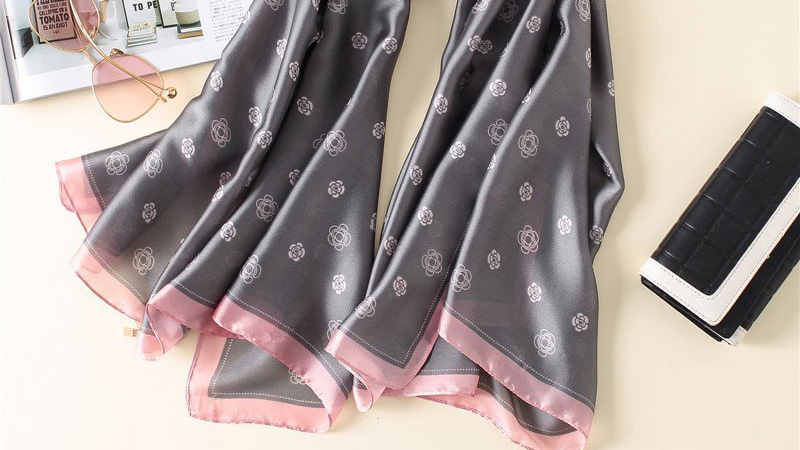
A headscarf is a type of clothing accessory typically used by women to cover the top and sides of the head. It is usually made from a triangular or square cloth and is worn with the face left uncovered.
The scarf is traditionally worn for cultural, religious, or aesthetic reasons, and can come in a variety of different styles and fabrics. In some cultures, the headscarf is an important part of the traditional costume and is used to signify social status or marital status.
In other contexts, the headscarf may be worn to protect the hair from the elements, such as wind and sun. In some cases, the headscarf is used as a fashion statement or to make a personal statement.
Headscarves can also be used to show modesty and to signify a commitment to a certain set of beliefs. Some religions require the covering of the head as a sign of respect, while others may view it as a sign of modesty.
Some women may choose to wear a headscarf as a way to express their identity or to make a statement of religious or political beliefs. Headscarves come in a variety of fabrics, sizes, and colors, and can be made from fabrics such as silk, cotton, and linen.
They can be secured to the head with pins, ties, elastic bands, or even scarves that are wrapped around the head. Some headscarves are also decorated with embroidery, beading, or other embellishments.
Headscarves are worn all over the world, by people of different ages and backgrounds. They can be used to express a sense of style, culture, or religion, or to simply keep the hair and scalp protected from the elements.
6. Cotton
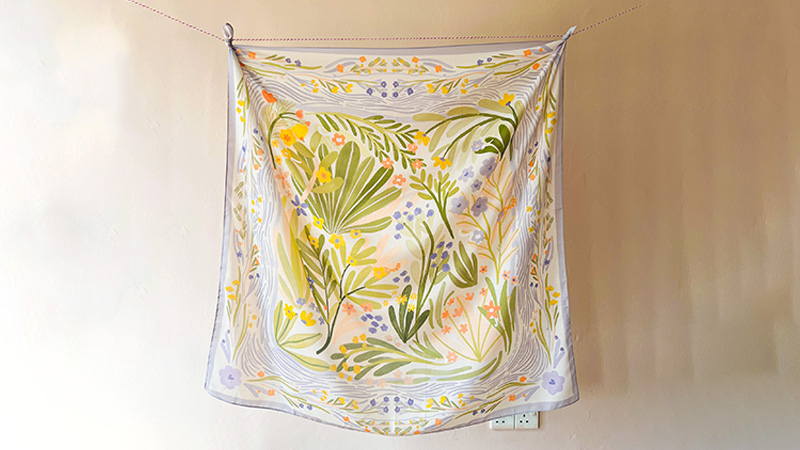
Cotton is a versatile and beloved fabric known for its breathability and comfort. Its natural fibers make it perfect for warm weather, as it allows air to circulate, keeping the wearer cool.
Cotton scarves are lightweight, making them ideal for layering without feeling too heavy. They come in a wide range of colors, patterns, and textures, making it easy to find the perfect cotton scarf to complement any outfit.
Whether you’re looking for a casual accessory for a summer day or a vibrant pop of color, cotton scarves are a go-to choice for both style and practicality, making them a wardrobe essential.
7. Stole
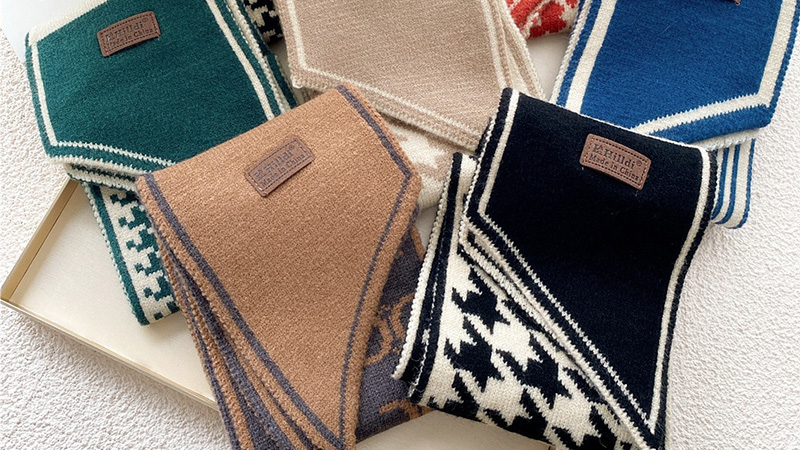
The stole is an important liturgical vestment in many Christian denominations. It is typically worn over the shoulders and down the front of the body and symbolizes the authority of a priest.
In Protestant denominations which do not have priests, the stole is still used as a liturgical vestment, but it carries a different meaning. Rather than symbolizing priestly authority, the stole in these denominations symbolizes being a part of the ordained.
This allows members of the ordained to be recognized and to have a visible sign of their status and authority in the church.
The stole is a powerful symbol of the authority and responsibility that comes with being a part of the ordained and serves as a reminder of the importance of these roles in the church.
8. Chiffon
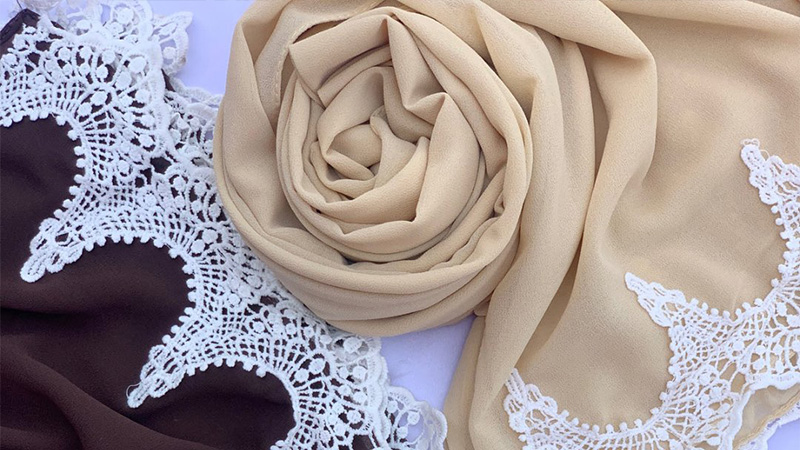
Chiffon is a type of sheer fabric, which has a lightweight and balanced structure. It is made from crepe yarns, which are twisted in an alternating S- and Z-twist pattern.
This gives the fabric its unique texture, which is similar to gossamer.
The crepe yarns used in chiffon are different than the standard yarns, as they are twisted more tightly. This allows the fabric to be softer and more flexible than other types of fabric.
Additionally, the tight twist of the crepe yarns helps the fabric to drape nicely and gives it a beautiful look. Chiffon is often used to make formal dresses, scarves, blouses, and other clothing items.
9. Sarong
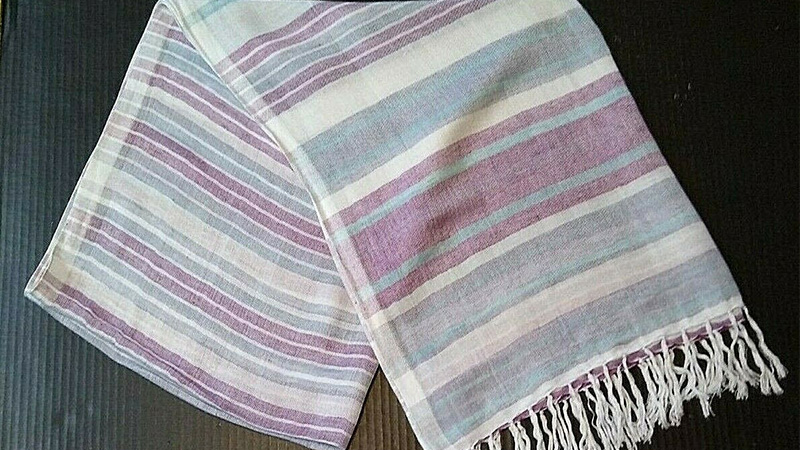
A sarong, or sarung, is a piece of cloth or fabric that is often worn around the waist as a form of clothing in many parts of the world. It is primarily seen in Southeast Asia, South Asia, Western Asia, Northern Africa, East Africa, West Africa, and various Pacific islands.
It is typically made of lightweight materials such as cotton, rayon, or silk, and is often brightly colored and patterned with floral or geometric designs. The sarong is typically wrapped around the waist and tied in the front, forming a pleated skirt.
It can also be draped over the shoulders, and worn like a shawl or scarf. It is a versatile and practical garment that is often used in tropical climates as a way to protect the skin from the hot sun.
It is also worn to traditional and religious ceremonies in many of the regions where it is popular. The sarong is a popular choice for beachwear, as its light and airy fabric is comfortable and easy to move in.
It is also easy to wash and care for, making it a practical choice for hot weather clothing. It is a great way to add a touch of color and pattern to an outfit and can be dressed up or down depending on the occasion.
Sarongs come in a variety of lengths and styles, making them easy to customize to suit any look.
10. Snood
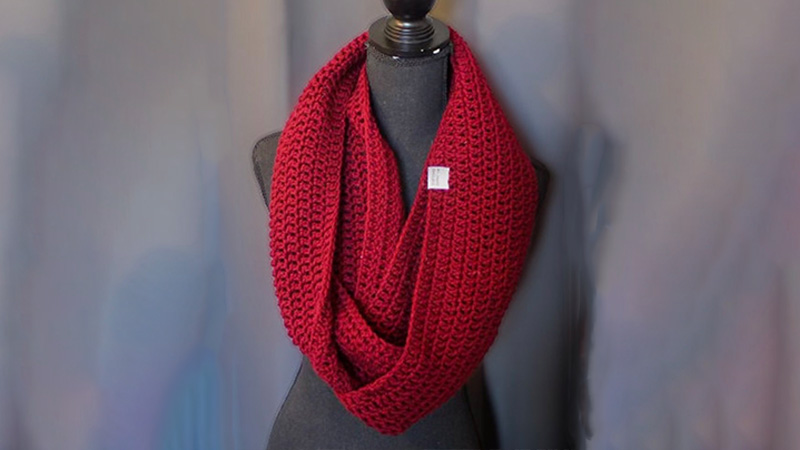
A snood is a type of headwear that is used to secure a woman’s hair in place. It is typically made of a cloth or yarn fabric and has a close-fitting hood-like design that covers the back of the head.
Snoods are similar to hairnets, but are generally more loose-fitting and have a coarser mesh material and thicker yarn strands.
This type of headgear has been around for centuries and is still a popular choice among women today for keeping their hair in place and out of their face.
It can also be a stylish accessory when paired with different outfits.
11. Polar Fleece
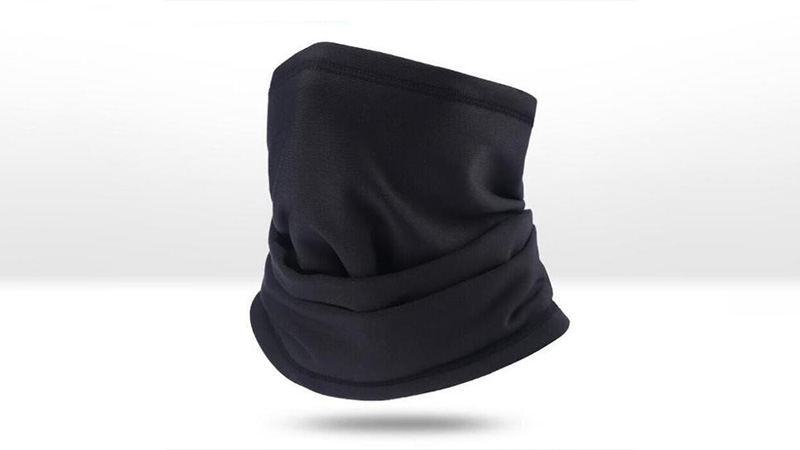
Polar fleece is a type of material made from polyester that is incredibly soft and comfortable to the touch. It is known for its insulating properties, meaning that it is great for keeping you warm in cold weather.
It is lightweight and breathable, and it is resistant to both shrinking and wrinkling. Polar fleece is often used to make outerwear such as jackets, hats, and gloves, as well as blankets, bed sheets, and other items that require warmth.
It is also often used for sportswear and athletic apparel, as it is both lightweight and comfortable. The material is also very durable, and it is easy to take care of, simply needing a machine wash and tumble dry.
Polar fleece is a great fabric for a variety of applications, and it is sure to keep you warm and comfortable.
12. Wool

Wool is an incredibly versatile and useful textile fibre that is obtained from a variety of animals, including sheep, goats, rabbits, and camelids.
It is a highly sought after material due to its natural properties, which make it ideal for use in a variety of garments and fabrics. Wool is known for its ability to be warm and insulating and is also extremely durable and resilient.
Furthermore, it has a natural tendency to repel dirt and moisture, making it very easy to clean and maintain. In addition to wool sourced from animals, there are also several synthetic materials that are designed to have similar properties as animal wool.
These materials, such as mineral wool and glass wool, are manufactured in a laboratory setting and can be used in a variety of applications. Mineral wool is often used in insulation, whereas glass wool is often used in soundproofing.
Despite their synthetically produced origins, these materials still mimic the natural properties of wool, making them an equally popular choice for many consumers.
13. Cowl
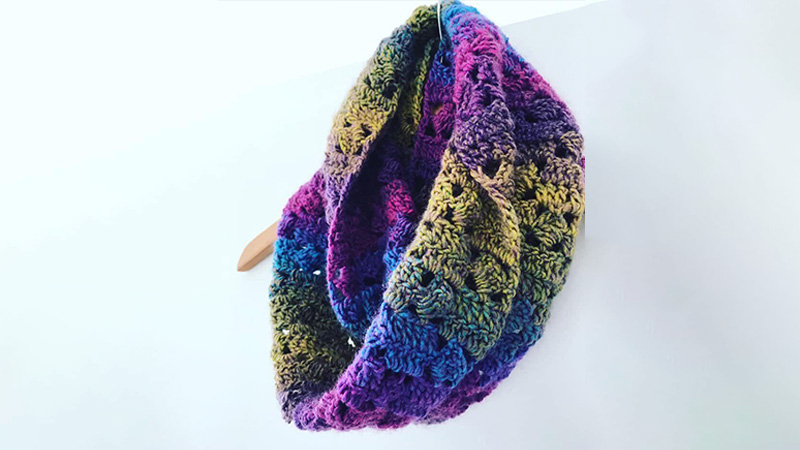
A cowl is a type of clothing that is typically associated with monks, although it is also worn by others. It is characterized by a hooded design, with long, wide sleeves.
The cowl originated from the hooded portion of a cloak, but now it is typically thought of as an entire garment. This means that the cowl is not a cape or a cloak, but rather a garment that consists of a hood and sleeves that are all connected.
It is a very distinctive garment and often used to make a statement about one’s beliefs or style..
14. Satin
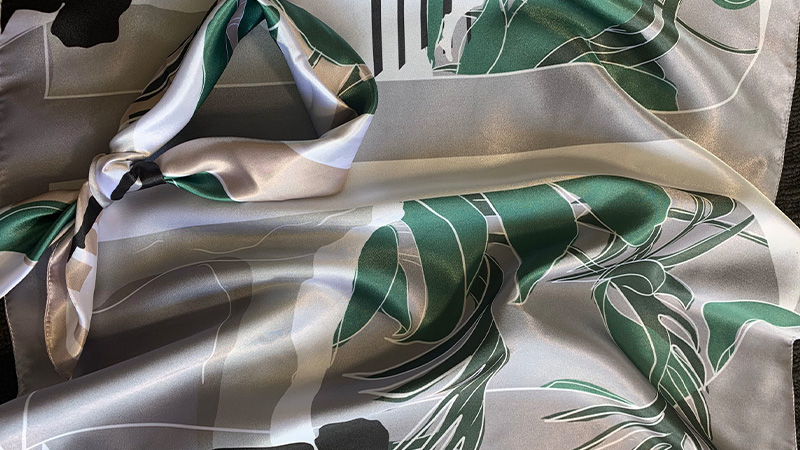
A satin weave is a type of fabric weave that is distinguished by its glossy, smooth, or lustrous appearance. It is typically characterized by a glossy top surface and a dull back, giving it a unique look.
However, this type of weave is not particularly durable, as it tends to snag easily. Satin weave is one of three fundamental types of textile weaves, the other two being plain weave and twill weave.
Plain weave is the most basic and simplest of the three, creating fabrics that are lightweight and airy. Twill weave, on the other hand, is more complex and creates fabrics that are heavier, more durable, and often more expensive.
Satin weave lies somewhere in between, offering a glossy look and some durability, although not as much as twill weave. Ultimately, the type of weave used will depend on the desired appearance and function of the fabric.
15. Ascot Tie
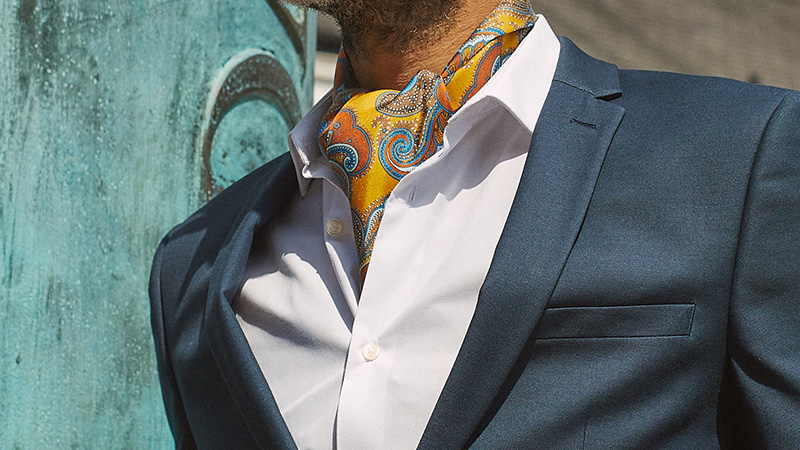
An ascot tie is a type of neckwear that has been around since the 19th century. It is distinguished by its wide pointed wings, which are typically made of patterned silk.
The tie is meant to be folded in half and fastened with either a tie pin or a tie clip.
These ties are usually worn for formal occasions, such as weddings or important business meetings. The ascot tie is a classic look that can add a touch of sophistication to any wardrobe.
It has also been seen in popular culture, from James Bond to the characters on the TV show Mad Men. The ascot tie is a timeless piece of neckwear that can be worn to bring a touch of class to any look.
16. Crêpe
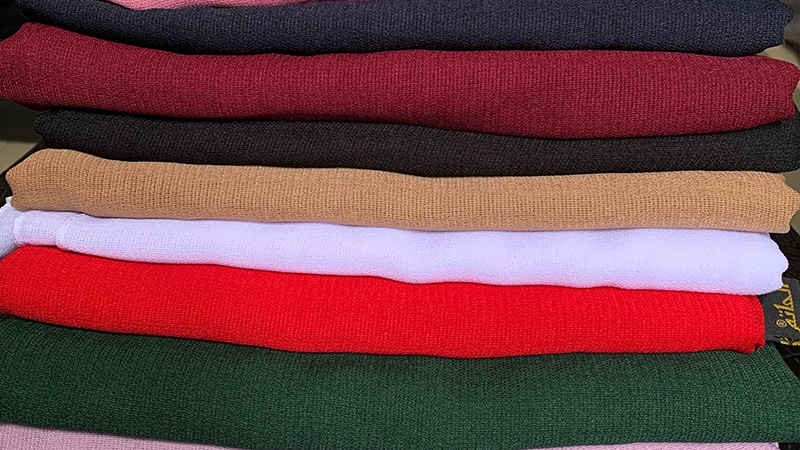
Crêpe is a type of fabric that has a distinct, crisp and crimped appearance. It is made from a variety of materials, such as silk, wool, or synthetic fibers.
The term “crape” is often used to refer specifically to the form of the fabric that is associated with mourning.
Historically, crêpe was also known as “crespe” or “crisp”.Crêpe is a versatile fabric that can be used for many different applications. It is often used for wedding dresses, curtains, and other clothing items.
It is also used to create decorative accessories such as ribbons and bows. The crisp texture of crêpe fabric gives it a unique look that makes it stand out from other fabrics. Crêpe is relatively easy to care for and maintain.
It can be washed or dry cleaned depending on the material it is made from. It is also relatively durable and can last for many years if taken care of properly. Crêpe is a timeless fabric that has been used for centuries.
It has a classic look that has been popular throughout history. Whether you are looking for something to wear to a special event or something to make your home more beautiful, crêpe is a great choice.
17. Dupatta
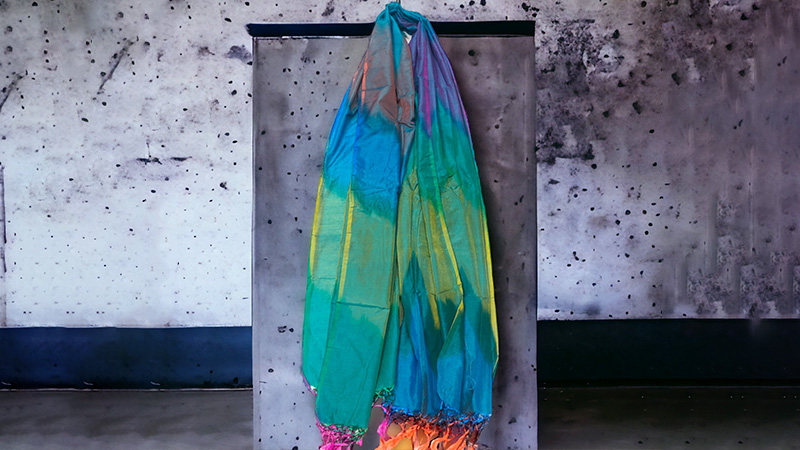
The dupattā is a traditional garment worn by women in the Indian subcontinent, which is often used to cover the head and shoulders. It is usually long in length and is known by many names such as chunni, chunari and chundari.
In modern times, the dupatta is most commonly used as part of the women’s shalwar kameez outfit. This outfit consists of a kurta, which is a long shirt, and a gharara, which is a type of pants.
The dupatta is worn over both of these garments and is a key component of the overall shalwar kameez look. The dupatta can be made from a variety of fabrics such as cotton, linen, silk, georgette, and others.
It is often decorated with intricate embroidery, and can come in a variety of colors, patterns, and styles. The dupatta is an important part of traditional Indian fashion, and is seen as a symbol of modesty and grace.
18. Academic Scarf
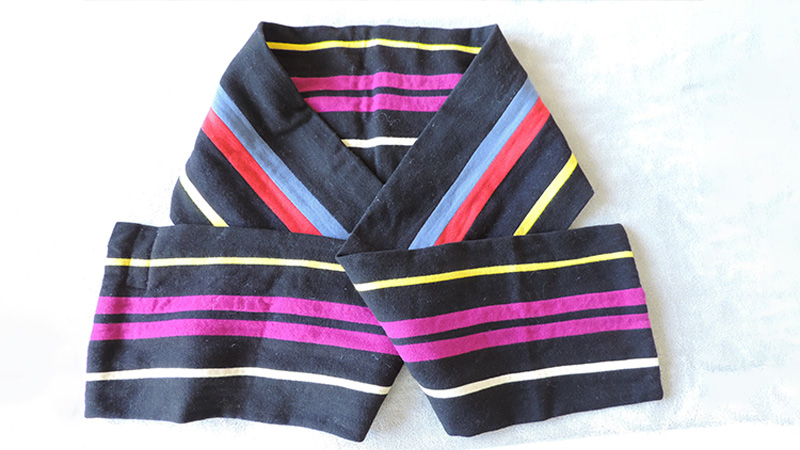
Academic scarves are a common tradition in many English-speaking countries, but especially in the United Kingdom and Ireland. These scarves, usually composed of two or more stripes of different colors, are a visible symbol of the college or university.
The colors of the stripe pattern on the scarves are frequently associated with the individual institution, providing a sense of identity and belonging to the students and faculty.
The scarves are often worn by students and faculty at special occasions, such as graduation ceremonies, as a sign of pride and unity.
The tradition of wearing academic scarves has been around for many years and is an important part of the educational experience for many students in English-speaking countries.
19. Neckerchief
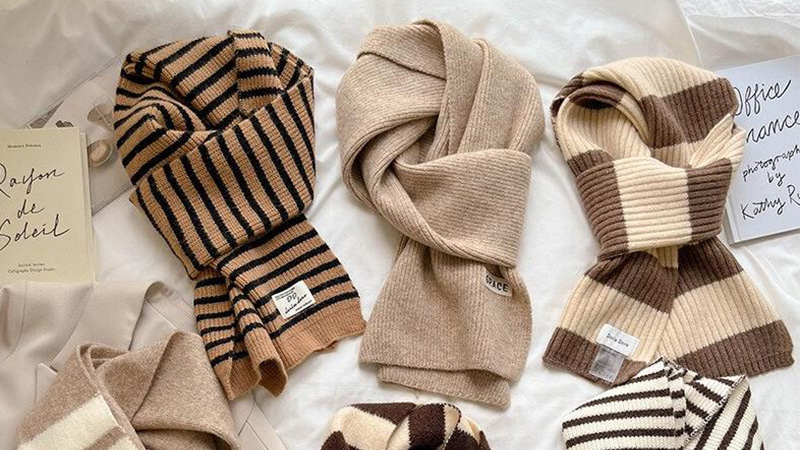
A neckerchief is a type of neckwear that has been used for centuries by those working or living outdoors, such as farm laborers, cowboys, and sailors.
This type of neckwear is versatile and can be used for both warmth and sun protection.
It is typically a triangular or square piece of cloth that is tied around the neck. The most common uses of the neckerchief today are in the Scouts, Girl Guides, and other similar youth movements.
The neckerchief is used both as a decorative item and as a practical tool.
It is often decorated with patches, badges, and other symbols to signify rank or achievements. It also serves a practical purpose, providing warmth and protection from the elements.
The neckerchief is an important part of the uniform of youth movements, and it is a symbol of strength, camaraderie, and tradition.
20. Oblong Scarf
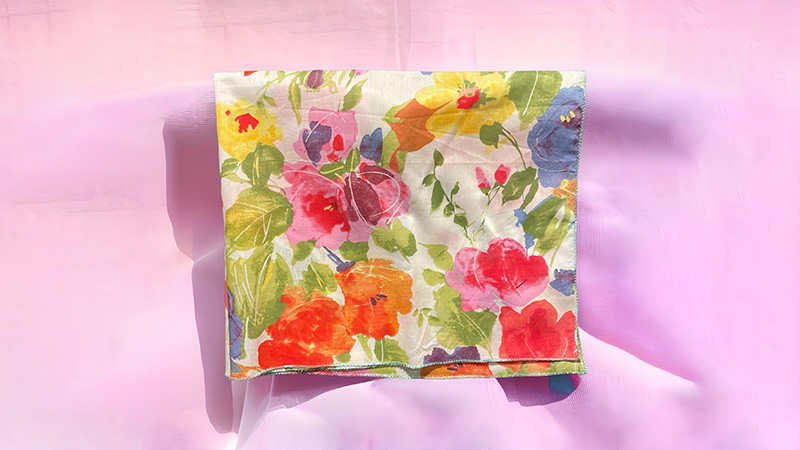
An oblong scarf is a versatile and elegant accessory known for its elongated rectangular shape. These scarves are typically longer than they are wide, allowing for various styling options.
Whether draped loosely around the neck, tied in a chic knot, or worn as a shawl, oblong scarves add a touch of sophistication to any outfit. They come in various materials, from luxurious silk for formal occasions to cozy wool for colder days.
Their adaptable nature makes them a go-to choice for both fashion and functionality, providing warmth in the winter and a stylish flourish year-round.
21. Fringe Scarf
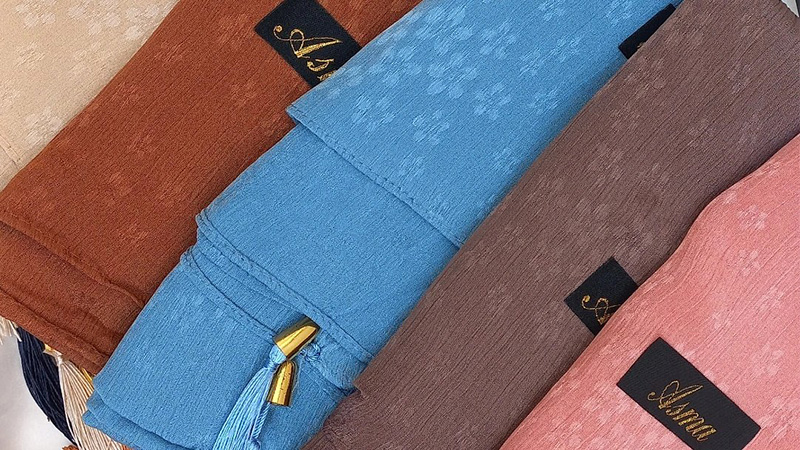
A fringe scarf is a stylish and playful accessory characterized by decorative fringes or tassels along its edges. These fringes add movement, texture, and a touch of bohemian charm to any ensemble.
Fringe scarves come in various materials, such as cotton, wool, or silk, making them suitable for different seasons and occasions. Whether draped casually over shoulders or wrapped snugly around the neck, these scarves infuse an outfit with a hint of personality and flair.
Their versatility allows for creative styling, and they effortlessly transition from casual daytime looks to more formal evening attire, making fringe scarves a fashionable and fun addition to any wardrobe.
22. Shawl Scarf
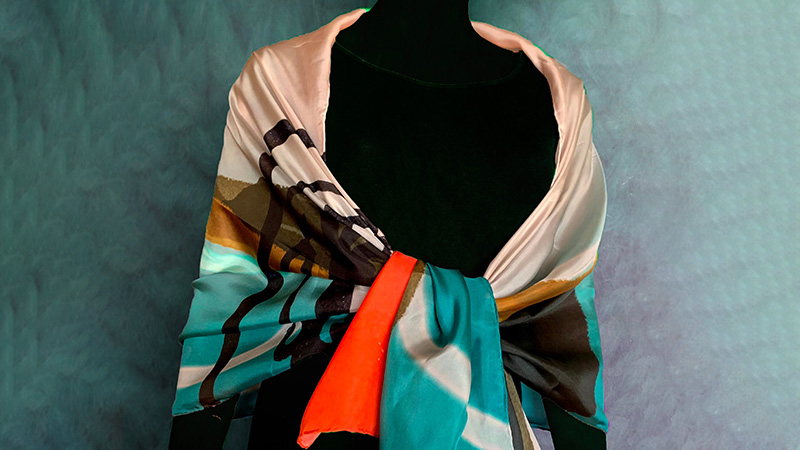
A shawl scarf combines the versatility of a scarf with the coverage and elegance of a shawl. These oversized, rectangular scarves are designed to be draped over the shoulders, making them perfect for adding a layer of warmth and style.
Shawl scarves come in various materials, from luxurious cashmere to lightweight chiffon, catering to different seasons and occasions. Whether worn casually with jeans or as a sophisticated wrap for a formal event, they offer both fashion and functionality.
Their generous size allows for creative draping, making them a chic accessory that adds flair and comfort to any outfit, making shawl scarves a wardrobe essential.
23. Plaid Scarf
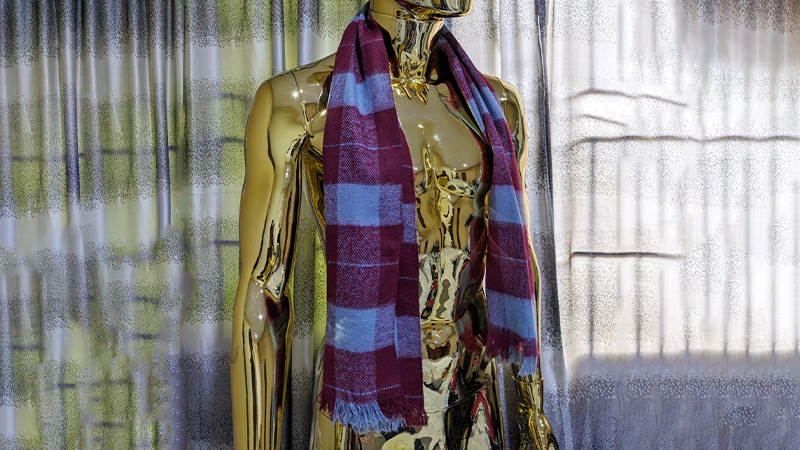
A plaid scarf is a timeless and iconic accessory known for its classic and versatile design. Featuring intersecting horizontal and vertical lines in various colors, plaid scarves exude a sense of traditional charm and sophistication.
Typically made from materials like wool or acrylic, they provide warmth and coziness during chilly seasons. Plaid scarves are celebrated for their ability to effortlessly complement a range of outfits, from casual jeans and a sweater to a tailored coat and dress shoes.
Whether you opt for bold and vibrant or subtle and muted plaids, these scarves are a fashion staple that adds a touch of timeless style to your ensemble.
24. All Season Scarves
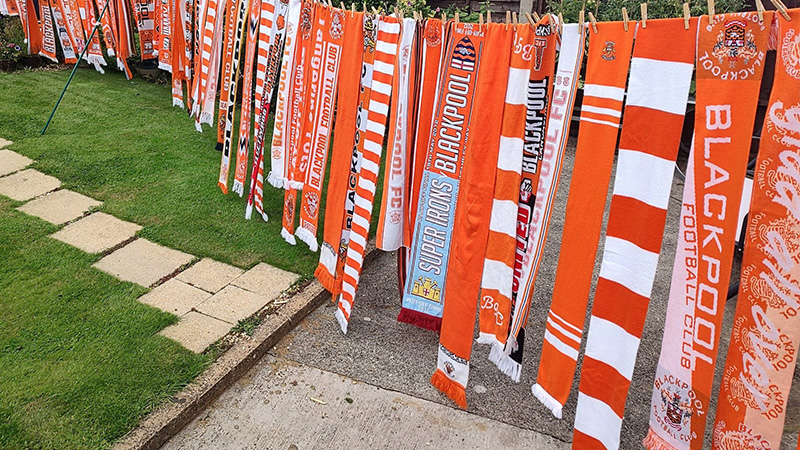
All-season scarves are versatile accessories designed to complement your style and provide comfort year-round. These scarves are typically crafted from lightweight materials like cotton, linen, or modal, allowing them to be comfortably worn in both warm and cool weather.
Their breathable nature keeps you comfortable during summer and can be layered for extra warmth in the winter. All-season scarves often feature a variety of patterns and colors, making them suitable for any occasion, from casual outings to formal events.
These scarves are a practical and fashionable addition to your wardrobe, ensuring you can accessorize and stay stylish throughout the seasons.
Conclusion
The world of scarves is as diverse as it is stylish. From winter scarves that cocoon you in warmth to lightweight summer options that add a touch of flair, scarves are the chameleons of fashion.
With materials ranging from cozy wool to luxurious silk, and designs encompassing everything from classic plaids to intricate embroideries, scarves cater to a wide spectrum of tastes and styles.
Whether you seek practicality or pure fashion, scarves are versatile companions for any season or occasion. So, whether you’re bundling up against the cold or simply looking to elevate your everyday attire, rest assured that amidst this rich tapestry of scarves, there’s one waiting to adorn your neck and express your unique style.
Leave a Reply